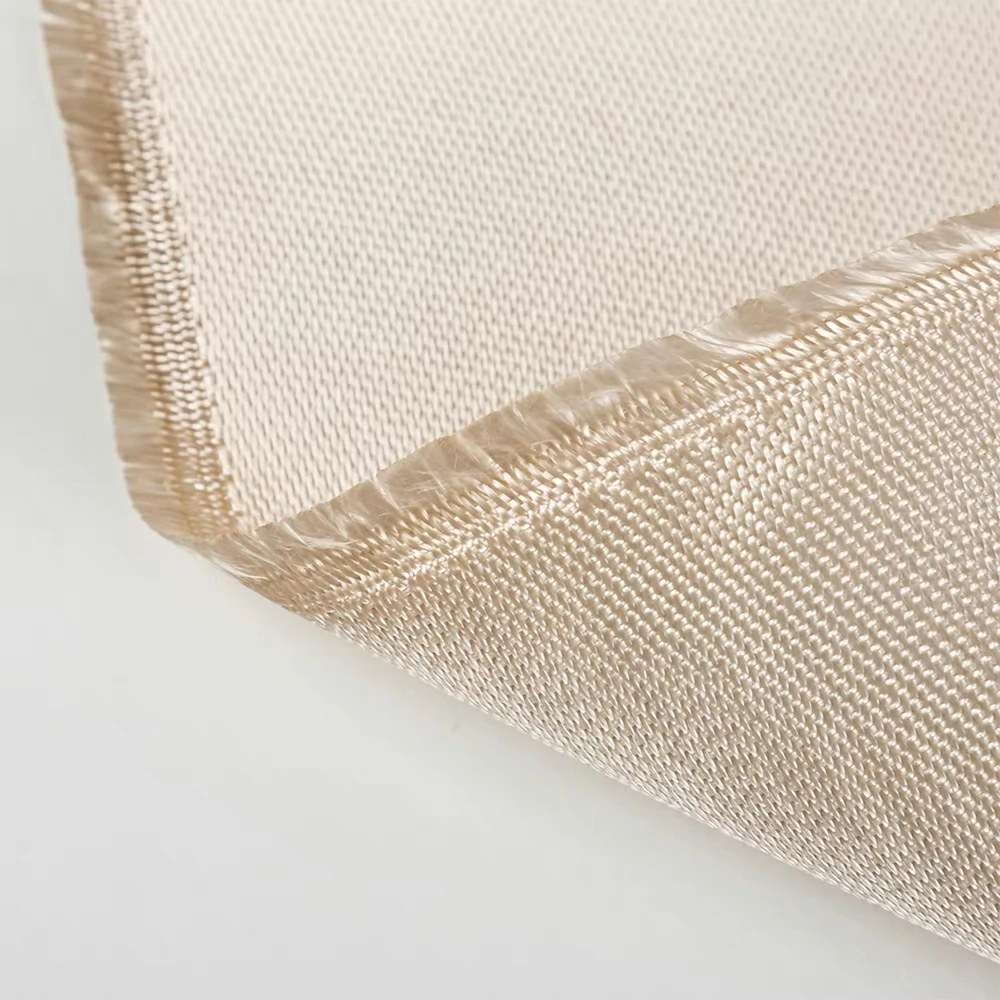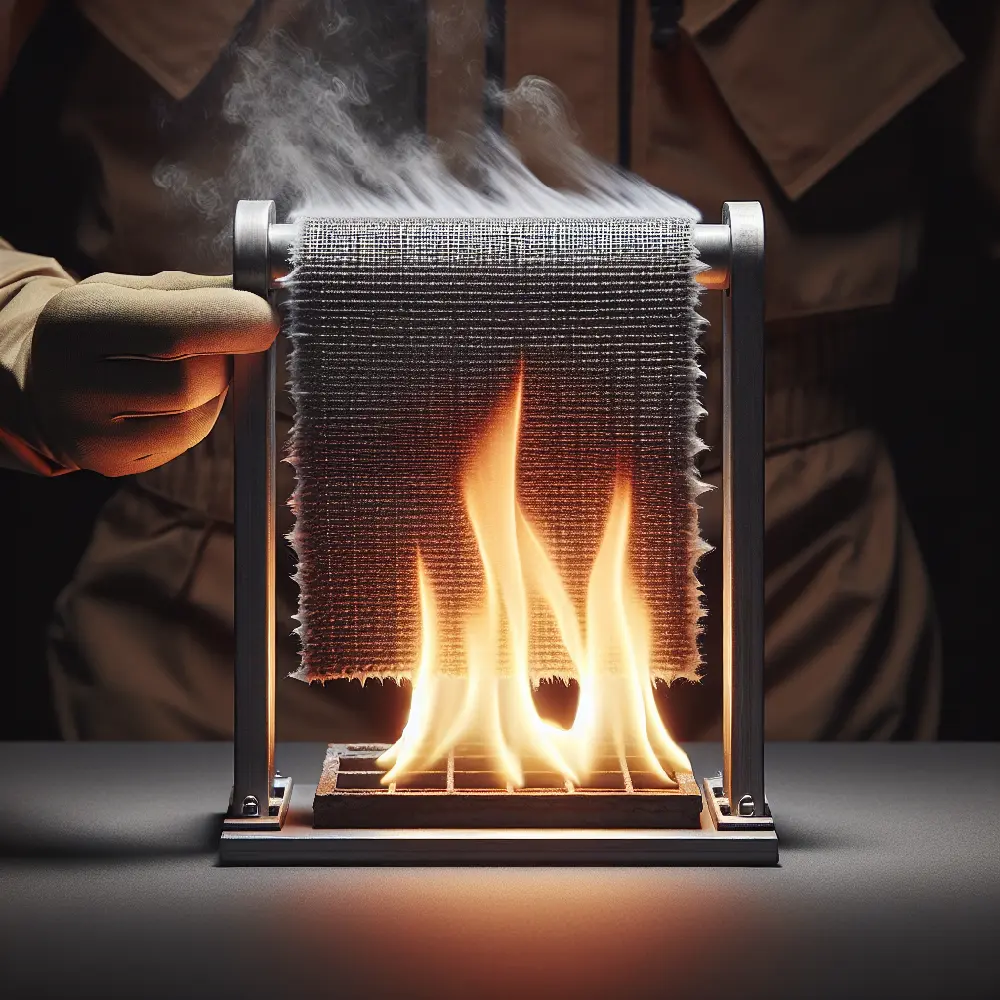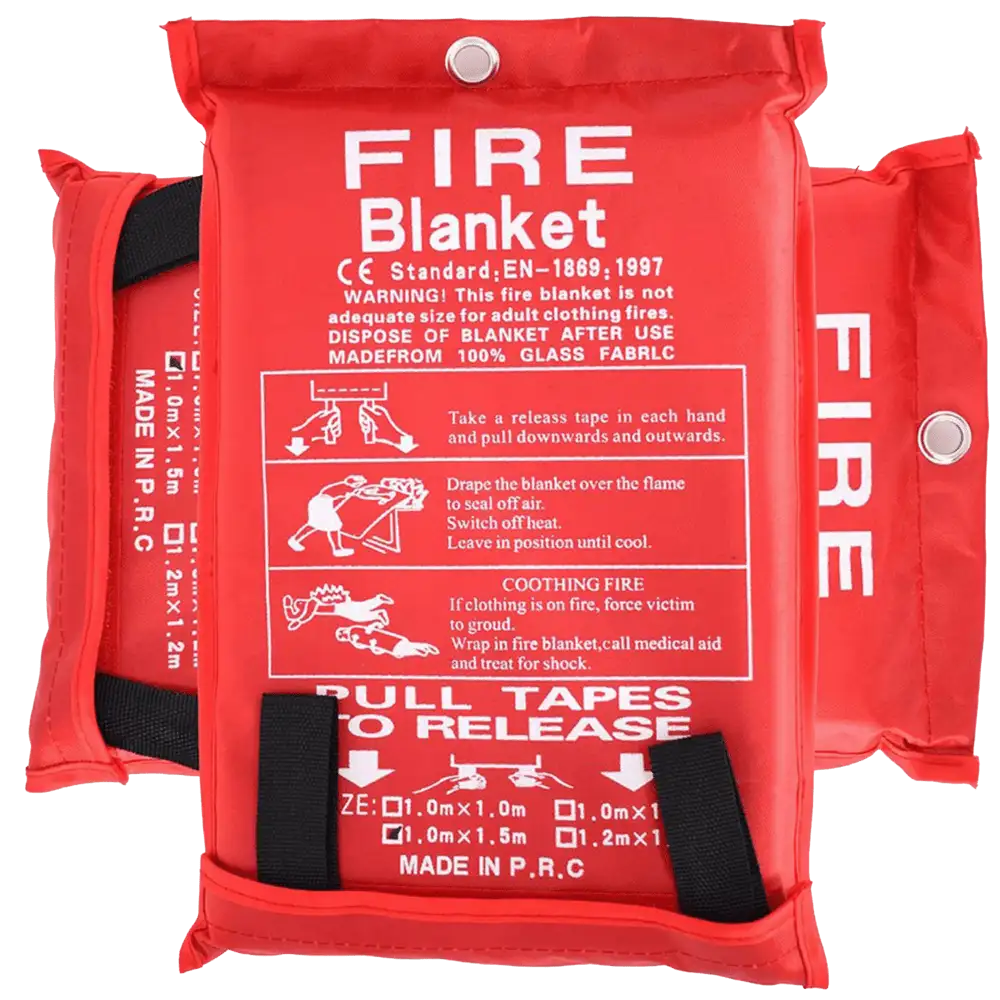Heat shields, in simple terms, are the core components made of heat-resistant fabrics used in automotive thermal management systems.

Imagine when you refit a Corvette C7 Stingray Z51 with a 1.3bar turbo, adjust the ECU data and the front and rear exhausts, and step on the accelerator with ease, the maximum horsepower is 580 horsepower, and the maximum torque is 820Nm. It will bring you a crazy experience of being kicked in the butt.
But if I told you that you would hear a "duang" sound after thdinginutes, and your car could no longer run, would you believe it?
I believe you, like me, overlooked the need to do an excellent job of thermal management while improving the car's performance. The newly added or enlarged turbine will often increase the working temperature of the vehicle. In addition to the impact on the cylinder block (generally, it will be handled by expanding the intercooler), at the same time, it will also affect other parts of the vehicle such as the water tank, pipe Road, exhaust, cab, etc., bringing extra weight.
There are many solutions, and most current solutions use automotive heat shields as the core component of temperature management. Today, Heaterk will explain the uses of automotive heat shields, including cabin and cab insulation. , exhaust insulation, etc.

In simple terms, a car heat shield is an insulating material used to protect the various parts of the car, the driver, and the surrounding environment from the heat generated by specific car systems.
At the same time, the heat shield can also effectively reduce the intake air temperature, and the air volume per unit area increases, enabling the engine to achieve an enormous horsepower curve.
Two main purpoprimaryof heat shields are thermal insulation and constant temperature.

Thermal management is a sad topic in aerospace, automotive manufacturing, or automotive modification. During the engine's operation, a large amount of heat will be generated, significantly impacting the engine compartment or the driver.
In the engine compartment, there are countless pieces of equipment such as a booster pump, wiring harness, front exhaust, fuse box, water tank, air conditioning pipeline, etc. The high temperature brought by the engine will cause this equipment to accelerate aging, resulting in equipment failure; this is especially important on high-horsepower modified cars. The advantage of the thermal insulation cover is to control the heat in a fixed area and exhaust it from the vehicle through natural wind, minimizing the impact of high heat on other equipment.

In addition to controlling heat, insulation is essential to a vehicle.
Imagine you're in Alaska in December, your car has no insulation, it's -22°F outside, and even though you have the air conditioner and engine on, the temperature inside your vehicle won't exceed -10°F. Even if you're Schumacher, it's a difficult thing to drive in such a bad environment.
What about summer at 102°F again? It's difficult, isn't it?
Therefore, insulating fabrics can do more than just heat insulation and keep the temperature in a confined space; in short, a constant temperature.

High temperatures often accompany summer, and the temperature of an airtight cockpit is usually 20%-40% higher than room temperature. In today's rising global temperature, maybe staying in the car for 1-2 minutes will lead to heat stroke.
However, solving this problem is not impossible. A heat-reflecting material made of aluminum foil fiberglass fabric can solve this problem well: reflecting 97% of the heat blocks the high temperature outside the car.

One of the culprits that cause high fuel consumption is heat dissipation. Adding extra piping or increasing the intercooler may be effective, but it also increases the vehicle's weight. Engines can often reach maximum operating temperatures of 1300°F (cast iron) or 1000°F (aluminum), so a heat shield is a better solution than adding heat sinks, making the vehicle lighter overall, and reducing maintenance costs.

Another option to increase horsepower is to increase the amount of air intake. Aside from the horrendous cost of polishing the intake ports, engineers can effectively prevent the long-term performance degradation associated with temperature-induced changes by reducing the IAT in engine timing. Or you can achieve almost the same effect by shielding the engine mount vents.

Don't forget that increasing the horsepower is also increasing the amount of heat transfer of the machine. In addition to the thermal insulation of the engine compartment, the working temperature of the exhaust system has also increased significantly. An exhaust heat shield is used to prevent the high temperature from affecting the cockpit and the ground.
The thermal insulation board of the site is composed of a silicone fiberglass fabric and a steel plate. By combining the protection of the steel plate with the waterproof, high temperature, flame retardant, weather resistance, and other characteristics of the silicone fabric, it plays the role of insulation and protection.
This heat shield is made of heat reflective aluminum foil glass fiber fabric, which can reflect 97% of the heat to the environment, preventing excessive temperature inside the car; it is also fire and flame retardant and has passed the UL94 Class0 standard test.
(To learn more about heat reflecting material, click here>>)
Made of a high silica and glass fiber composite material, it can withstand temperatures over 2000°F/1093°C. Fully meet the exhaust insulation requirements of all heat generation, if a layer of ceramic fiber fabric is added, the maximum temperature resistance of 1949 ° C can be achieved. This material is also used in large quantities for the International Space Station.
As fabric technology advances, constructablconstructiblerature insulating fabrics have joined the cabin insulation field. Including but not limited to high silica fabric, ceramic fiber fabric, and aluminum foil laminated fabric.
In temperature management, body insulation requires low thermal conductivity and heat reflection capability (reflecting excess heat into the car) for energy saving and environmental protection. It is generally made of composite materials of aluminum foil and ceramic fibers.
By the way, this method can double the effect of your car's audio system.
Choose the suitable insulation material according to the application.

Insulation: Silicone fiberglass fabric, aluminum foil fiberglass fabric, high silica fabric, vermiculite coated fabric
Temperature control: ceramic fiber fabric, aluminum foil glass fiber fabric, aluminum foil insulation cotton
If you're unsure what to choose, why not contact Heaterk's team of experts? We are delighted to provide you with professional solutions; decide to leave a message to Heaterk; we will contact you as soon as possible.
 Top 5 Heat-Resistant Wonders: How High Silica Fiberglass Fabric Excels in Extreme Temperatures!
Top 5 Heat-Resistant Wonders: How High Silica Fiberglass Fabric Excels in Extreme Temperatures!
 Is Kevlar Fireproof? Unveiling the Truth Behind Kevlar's Flame Resistance
Is Kevlar Fireproof? Unveiling the Truth Behind Kevlar's Flame Resistance
 Do Fire Blankets Work? Understanding Their Functionality and Benefits
Do Fire Blankets Work? Understanding Their Functionality and Benefits
 2023, Heaterk's Year-End Recognition Meeting!
2023, Heaterk's Year-End Recognition Meeting!